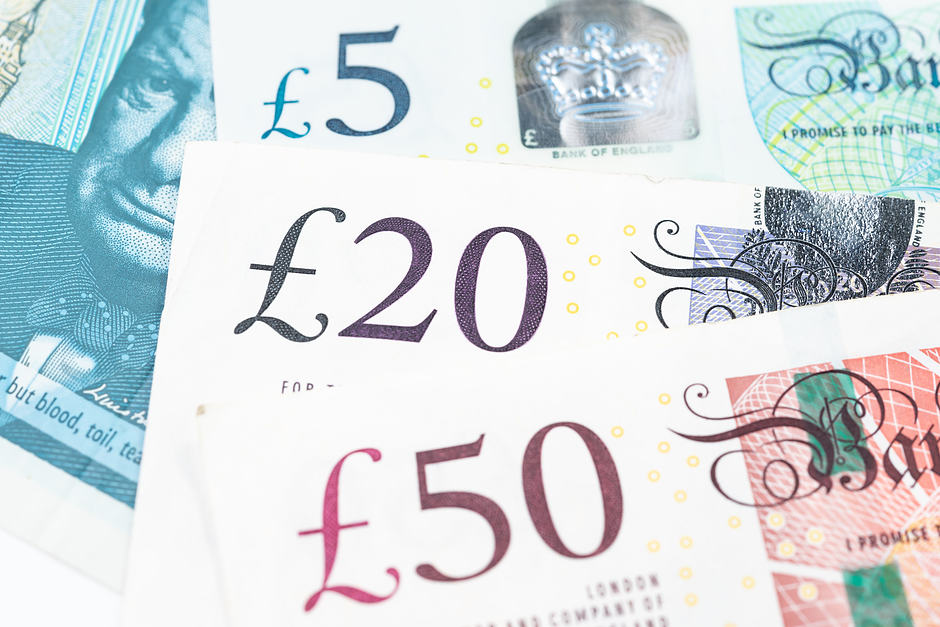GBP/USD bulls stay the course as US dollar remains pressured
- GBP/USD bulls stay in the driving seat as US dollar remains soft.
- Higher levels of volatility could keep USD underpinned.

At 1.2580, GBP/USD is flat in midday trade on Wall Street. The pair has moved within a range of between 1.2551 and 1.2620 so far. Sterling, among the rest of the G7 block, has benefitted from a softer US dollar in the closing stages of the month.
Comments from FOMC officials this week have turned slightly dovish and the focus turned to other central banks, such as the European central bank, the Reserve bank of New Zealand and meetings on the horizon, such as the Bank of England in June.
The greenback hit a one-month low at 101.64 on Tuesday after European Central Bank chief Christine Lagarde flagged an end to negative interest rates in the eurozone in the third quarter. The governor's remarks implied an increase of at least 50 basis points in the deposit rate and fueled speculation of bigger hikes this summer.
Elsewhere, the RBNZ became the latest central bank to raise interest rates by half a point. While that move was expected, it also provided hawkish guidance on its policy path, noting a larger and earlier hike reduced the risk of inflation becoming persistent.
As for the BoE, some commentators have concluded that the committee may be forced to be more aggressive on rate hikes than had previously been thought likely. ''Textbooks suggest that the prospect of a more aggressive interest rate cycle from the BoE is a positive near term factor for the pound,'' analysts at Rabobank said. ''However,'' the analysts argued, ''insofar as this would increase the likelihood of a hard landing for the UK, upside potential for GBP on more rate rises could turn out to be limited.''
Nevertheless, the current inflation focus of the BoE and the growth concerns in the US have enabled cable to recover from the lows this week. The greenback declined against its major trading partners early Thursday ahead of an update to the first quarter Gross Domestic Product and the PCE price index that was unrevised at a 7% rise in the first quarter, while the measure excluding food and energy rose 5.1%, compared with a 5.2% gain in the initial estimate.
The US economy contracted more than initially feared in the first quarter due to downward revisions to inventories and residential investment. Consumer spending came in stronger than previously expected, government data showed Thursday. Real GDP dropped at a 1.5% annualized pace in the March quarter, compared to a 1.4% drop initially projected, according to the second estimate from the Bureau of Economic Analysis.
Looking ahead, Friday's data schedule will include April personal income and spending data, with the Fed's preferred inflation measure, and the final reading for the May Michigan Sentiment index.
Besides data, there are fears about slowing growth in China and energy security risks in Europe could bolster safe haven demand for the USD. ''In an environment in which the Fed and other central banks are removing liquidity, we expect higher levels of volatility in FX market. We see risk that GBP/USD could again re-visit it recent lows in the coming months,'' analysts at Rabobank argued.
Author

Ross J Burland
FXStreet
Ross J Burland, born in England, UK, is a sportsman at heart. He played Rugby and Judo for his county, Kent and the South East of England Rugby team.

















